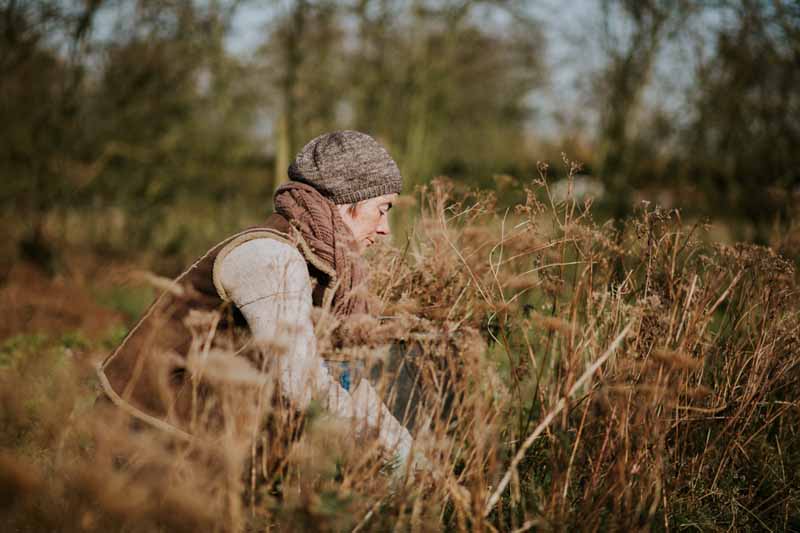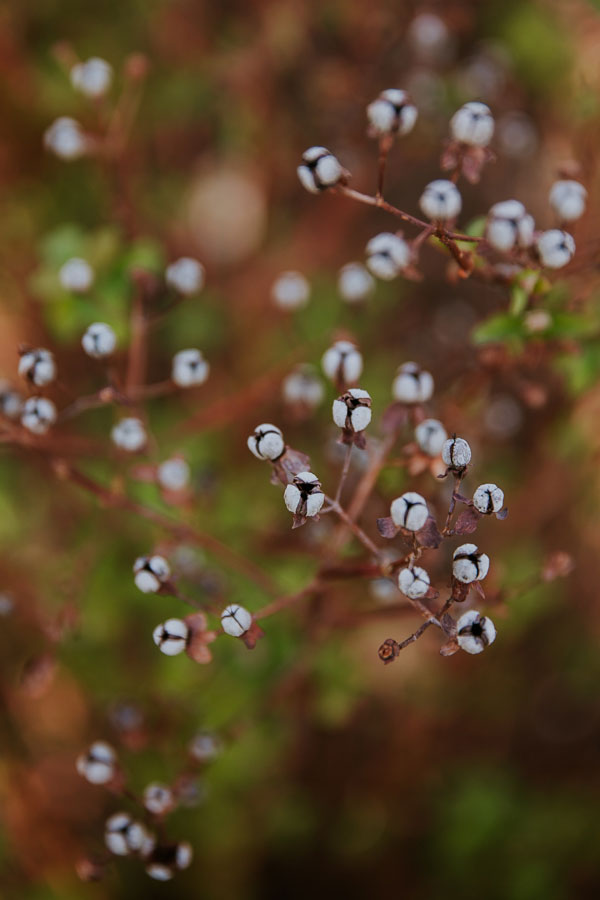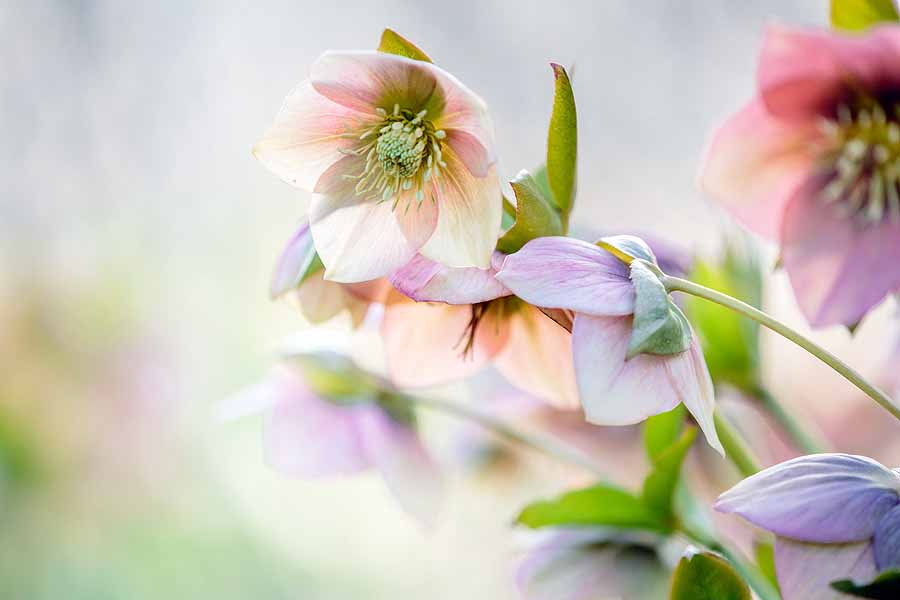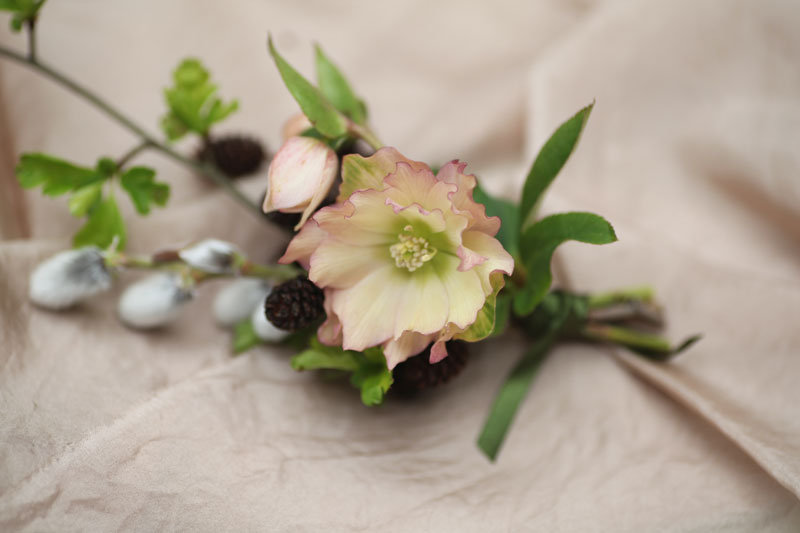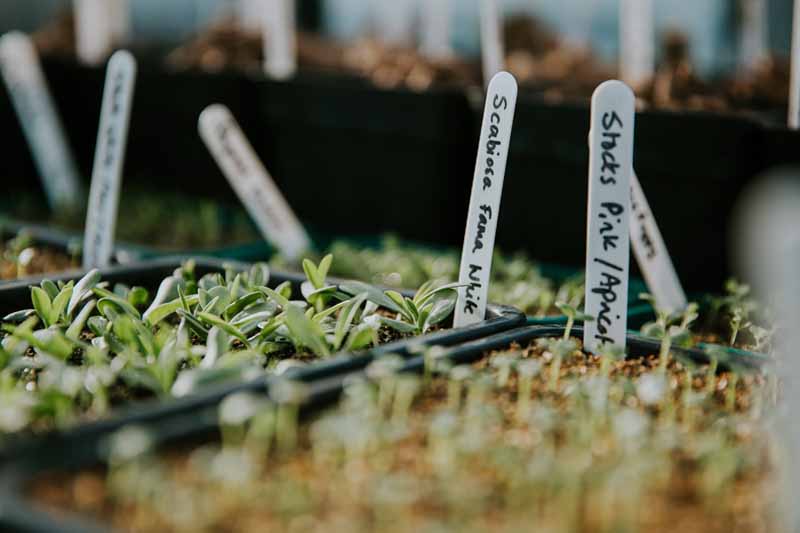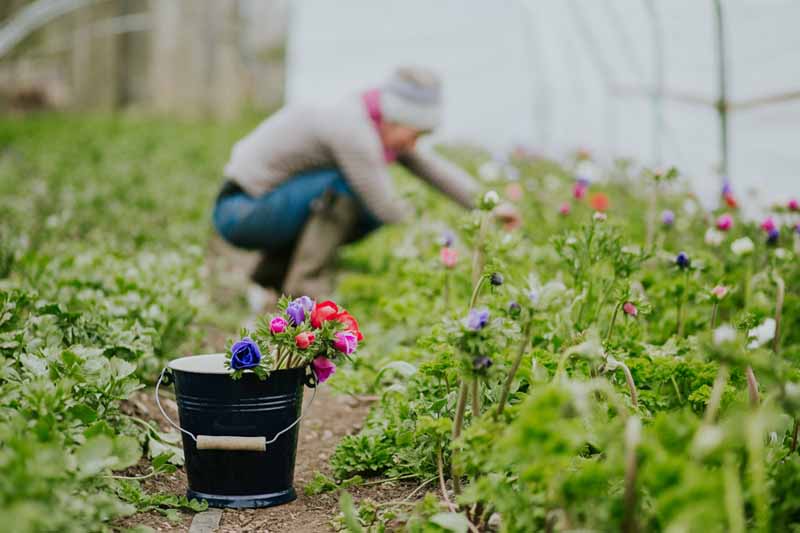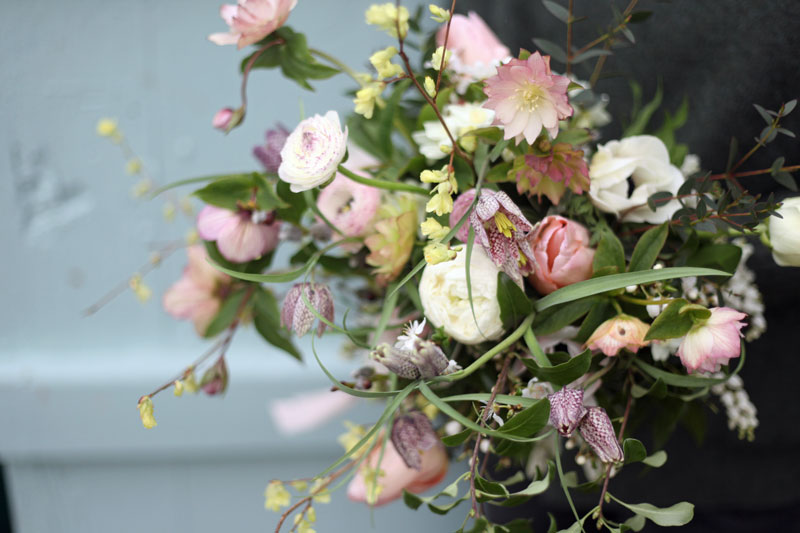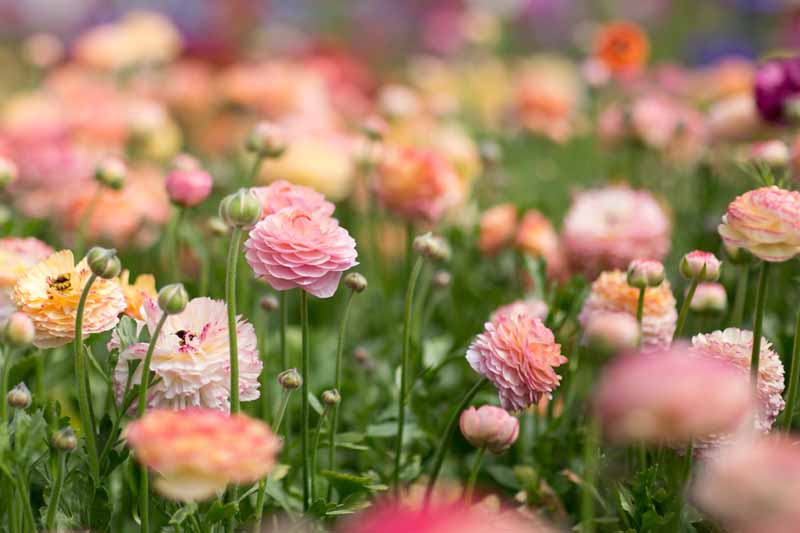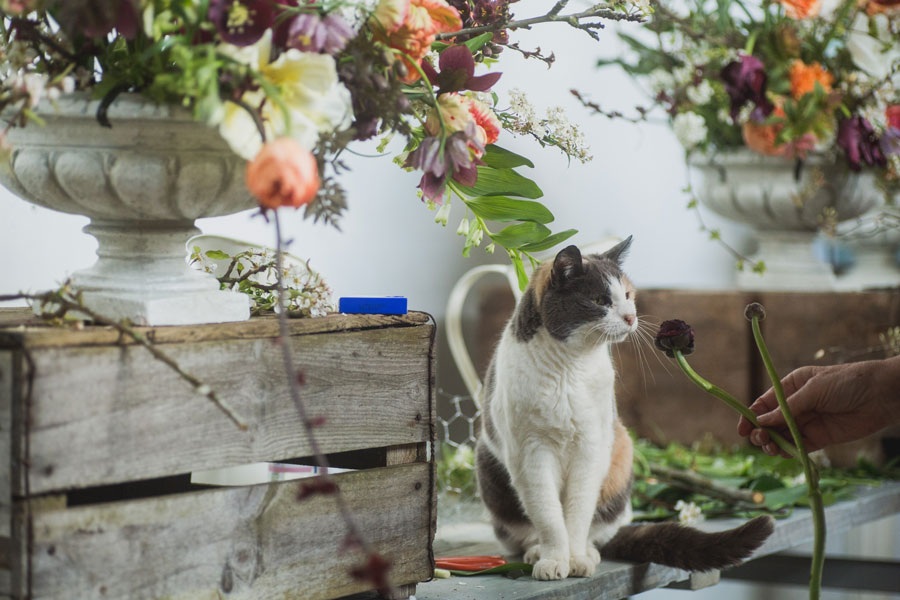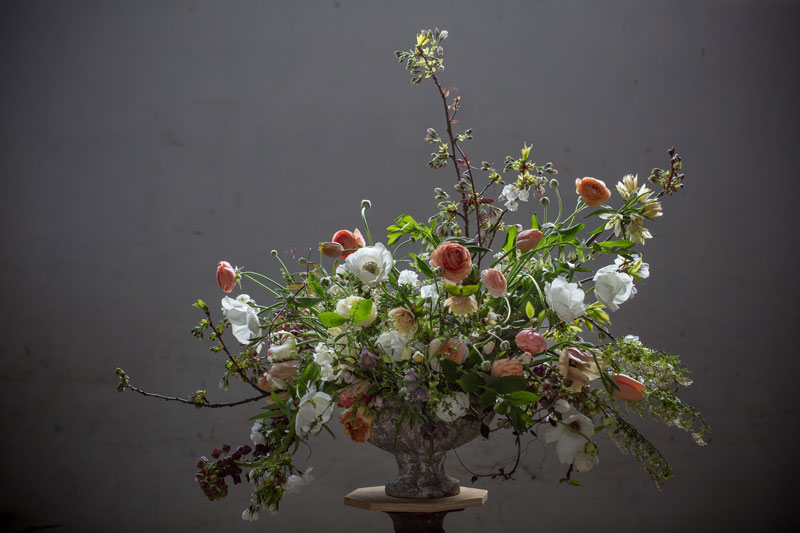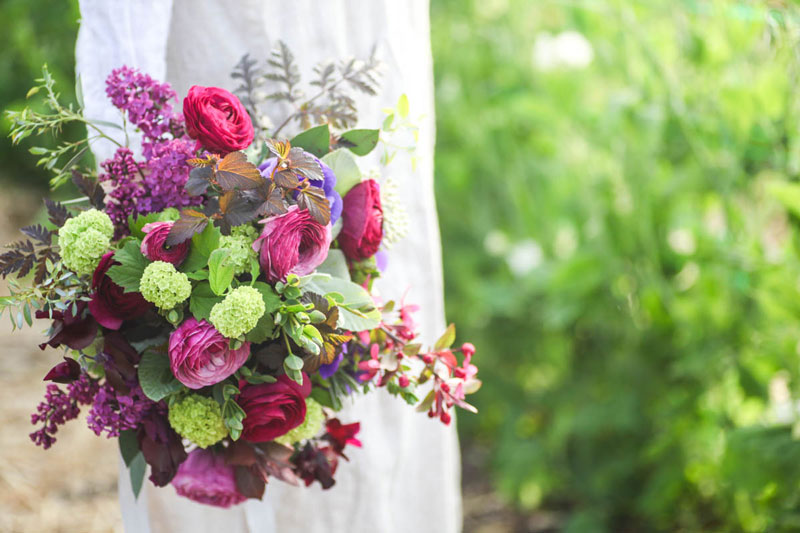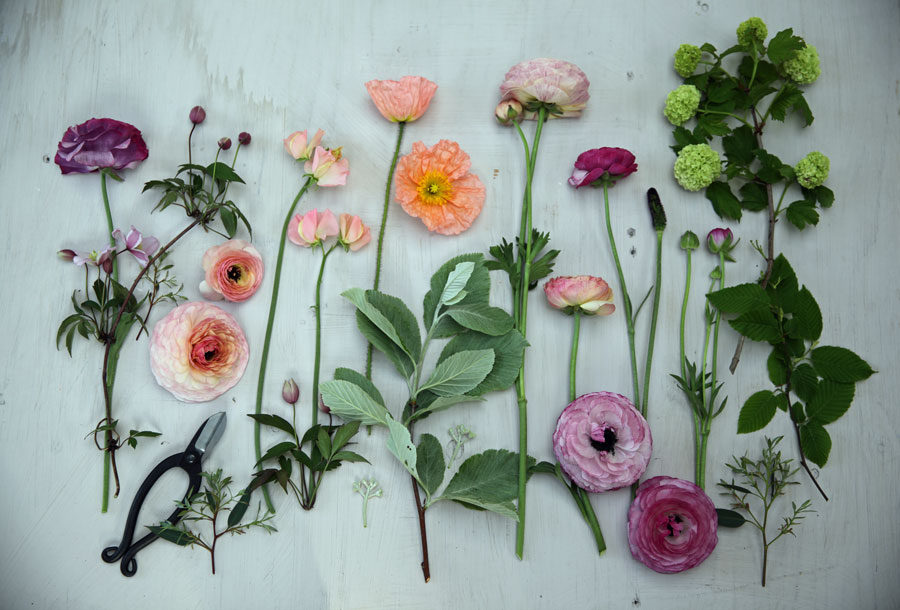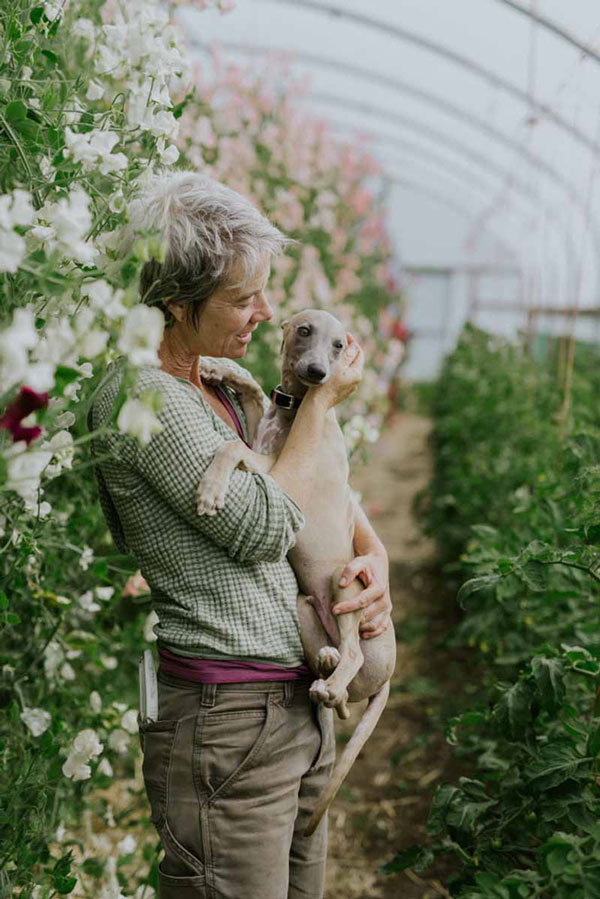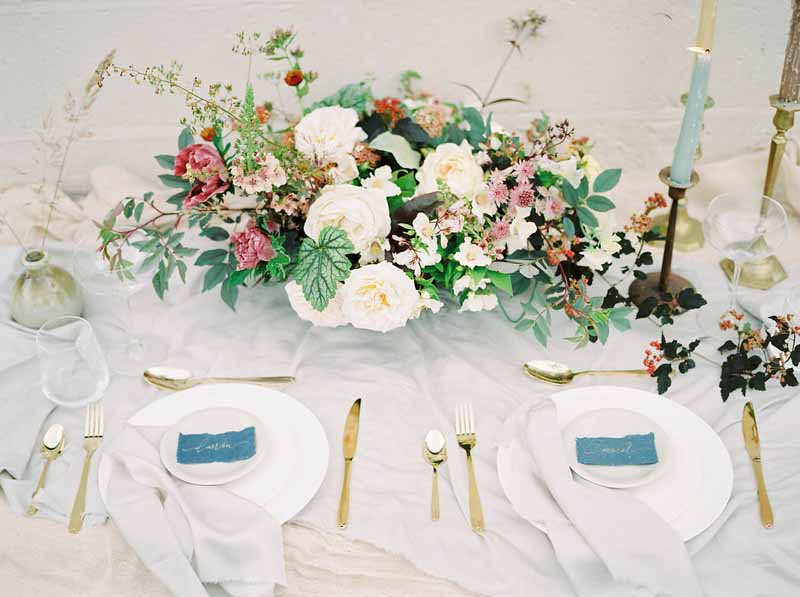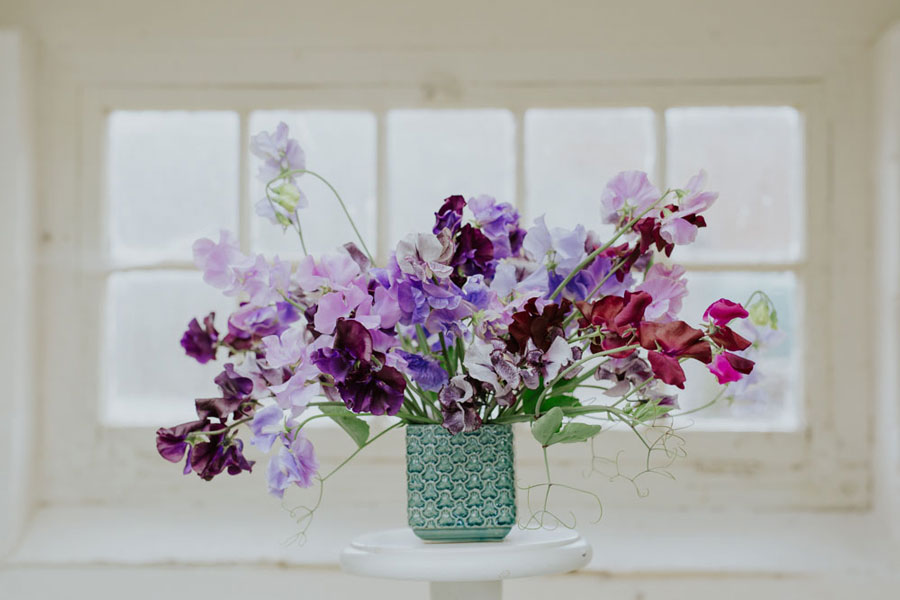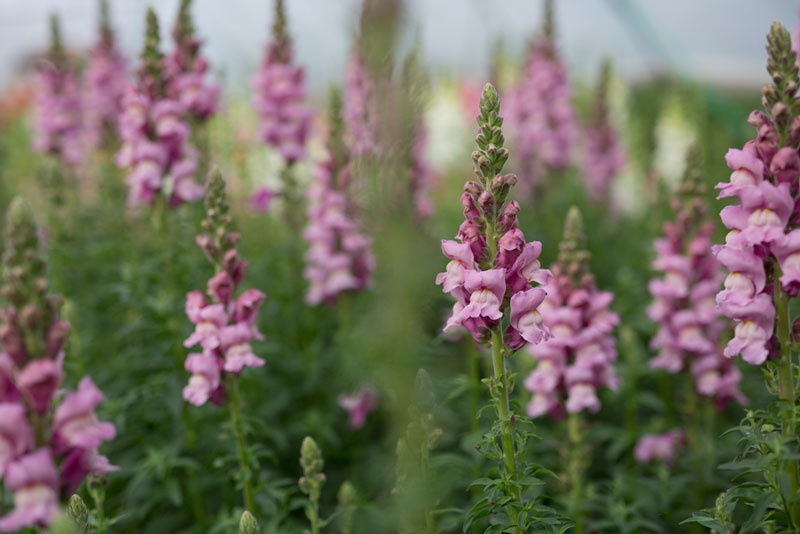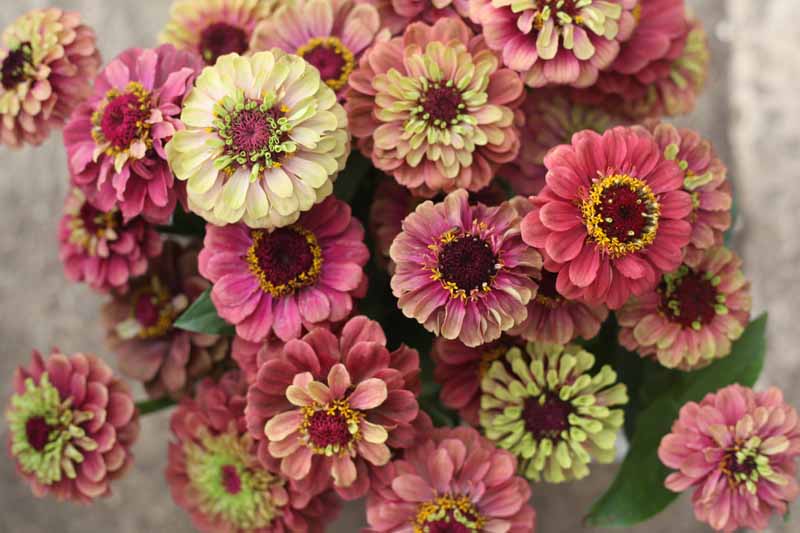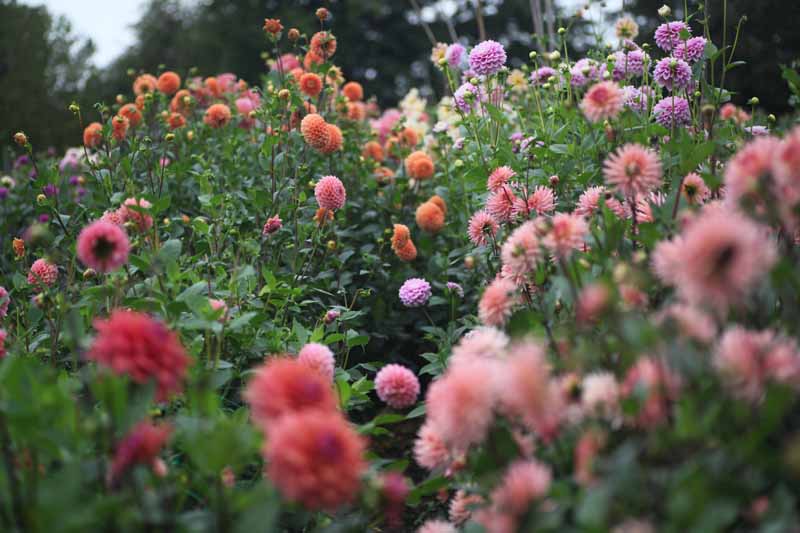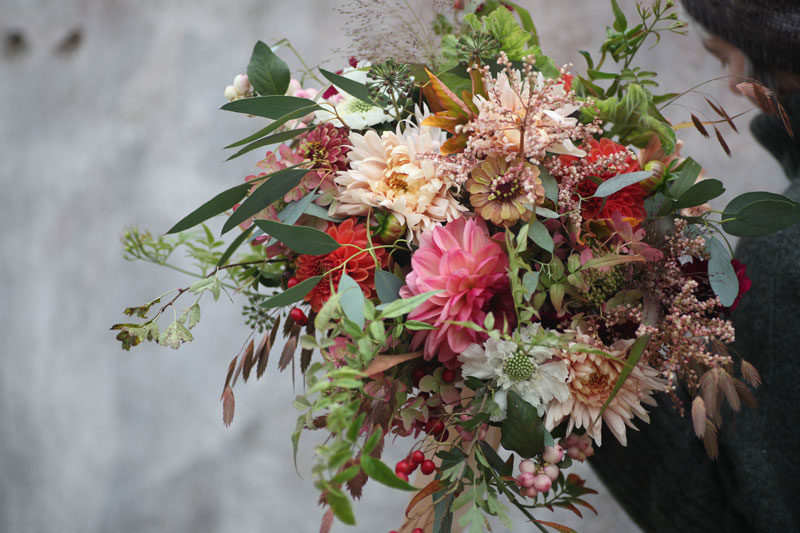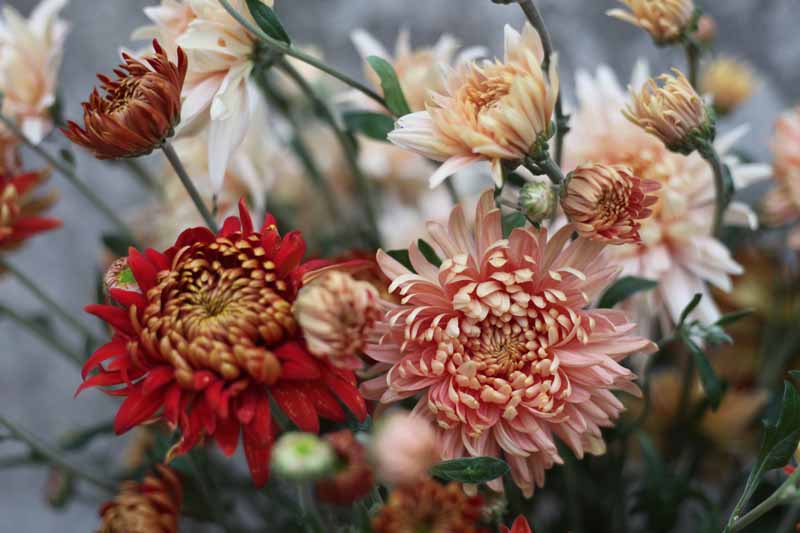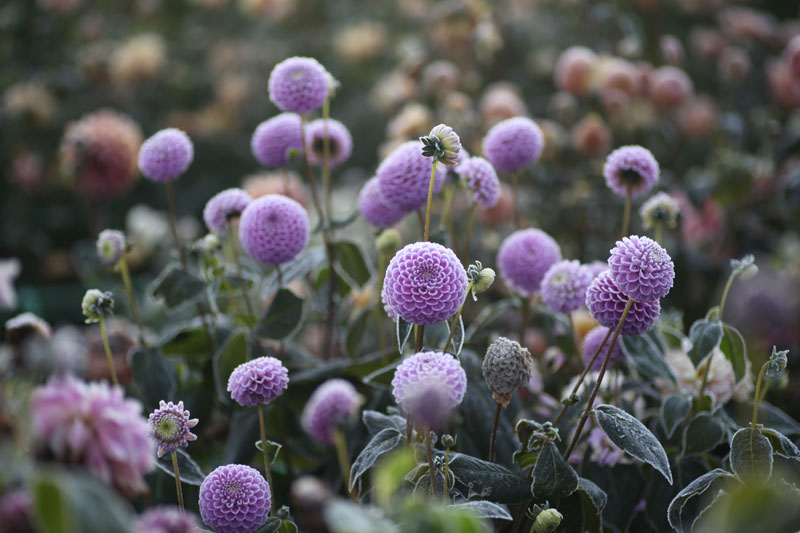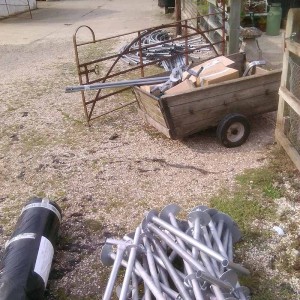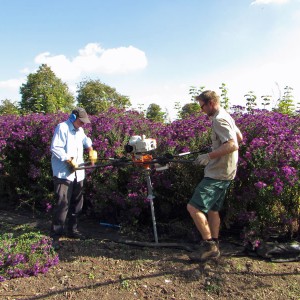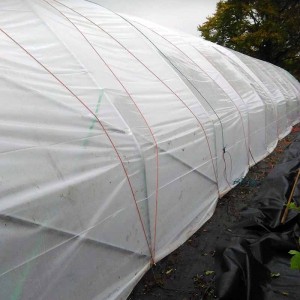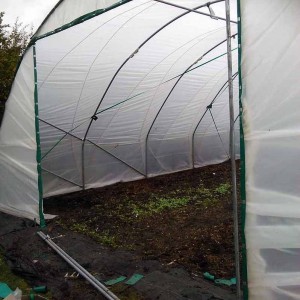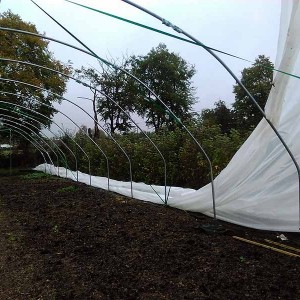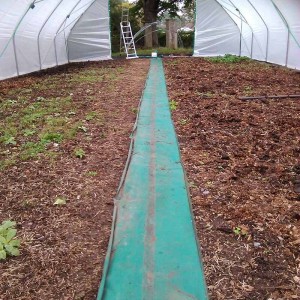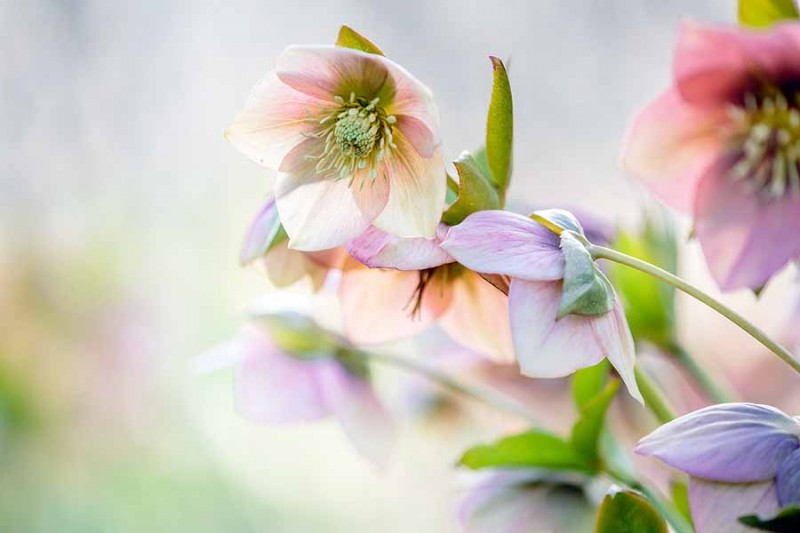
I have been cutting back the old leaves on my Hellebores this week followed by a quick weed and mulch. My favorite tool of all time the Japanese Razor Hoe does a great job at getting all those pesky weeds out that like to colonize around the crown of the plant.
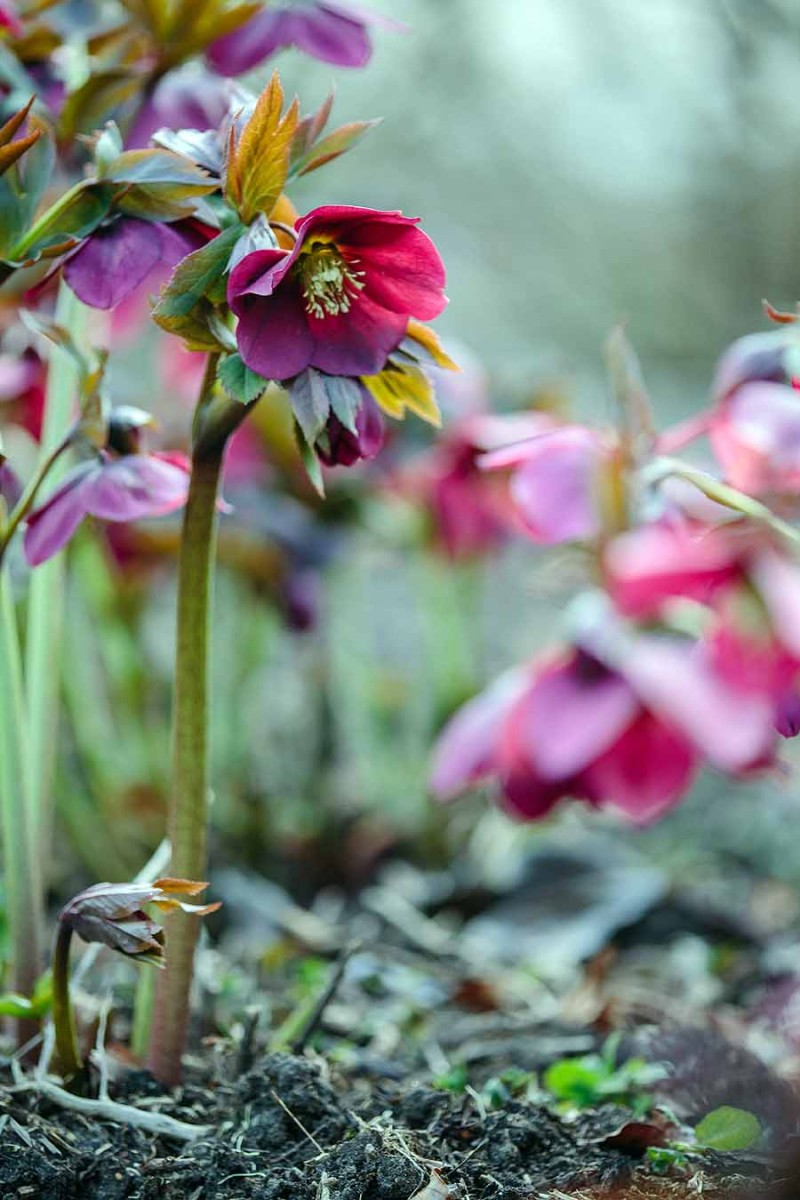
I don’t think they have enjoyed this mild winter, there is a lot of black spot around so I think a good mulch will help keep the spores from being splashed up on to the emerging flowers.
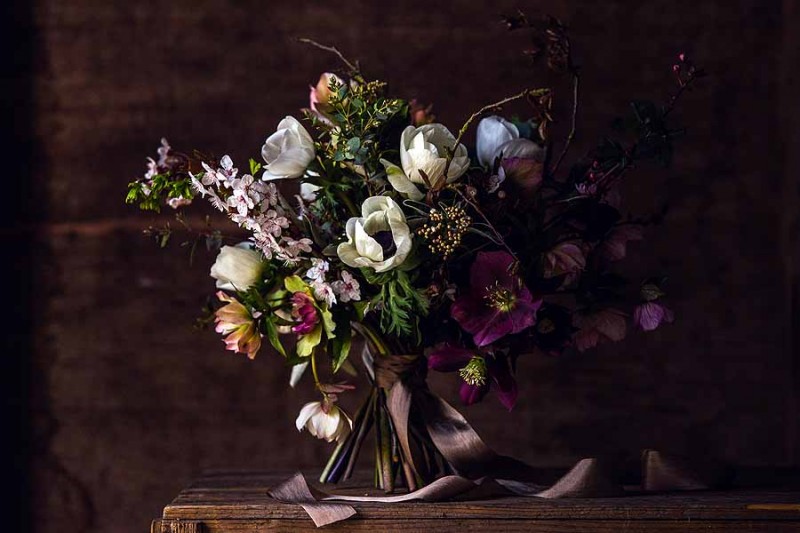
Hopefully in a months time they will be looking something like these which were photographed in March last year by photographer Clare West. We got together a few times last year and focused on just one flower on each occasion, so I thought it would be fun to share these beautiful images with you over the coming months in a series of blog posts called The Cultivated Palette. I will include lots of growing tips and recommendations for sourcing stock plants and seeds and I will share some thoughts on why I choose to include them in my ‘palette’ of plants for cutting.
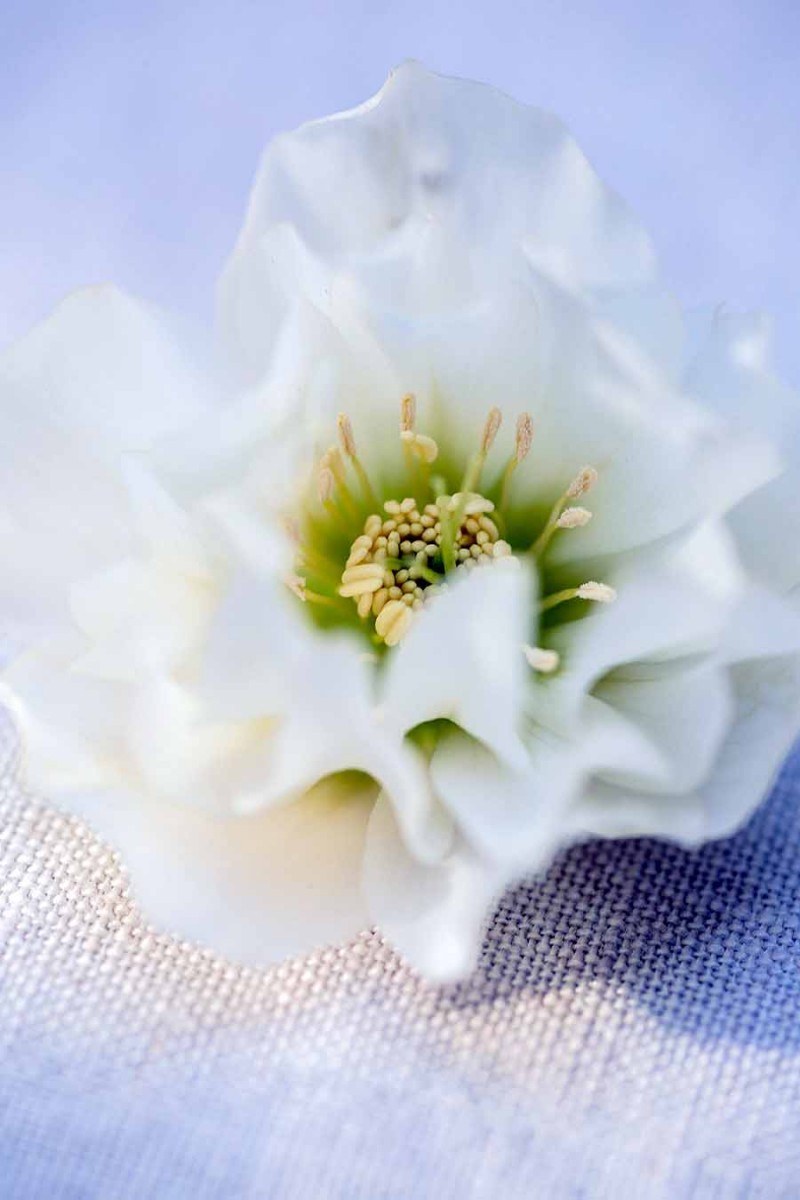
I am going to have another go at hand pollination next month. I will have to select a mother and father plant from each variety, based on stem length, good flower shape and general vigor. This Harvington double pink is a good example, the plant has formed a big clump relatively quickly with long stems and well you can see heart-breakingly beautiful flowers.
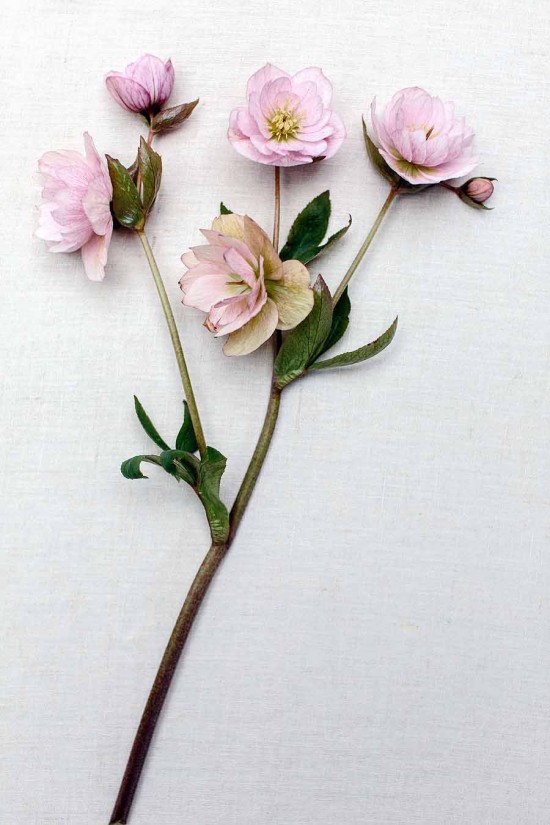
So on a sunny day I will set aside ten minutes and go to my Hellebore bed armed with a pencil and some odds and ends of yarn. Firstly I rub the end of the pencil over the anthers of a fully open flower on the father plant, then I will select an almost open flower bud from the mother plant and tie a little bow of yarn around its neck.
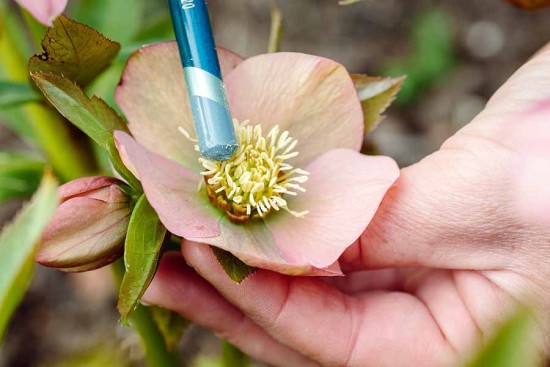
It is important that no others pollinators have been there first. I then transfer the pollen from the pencil to the stigma.
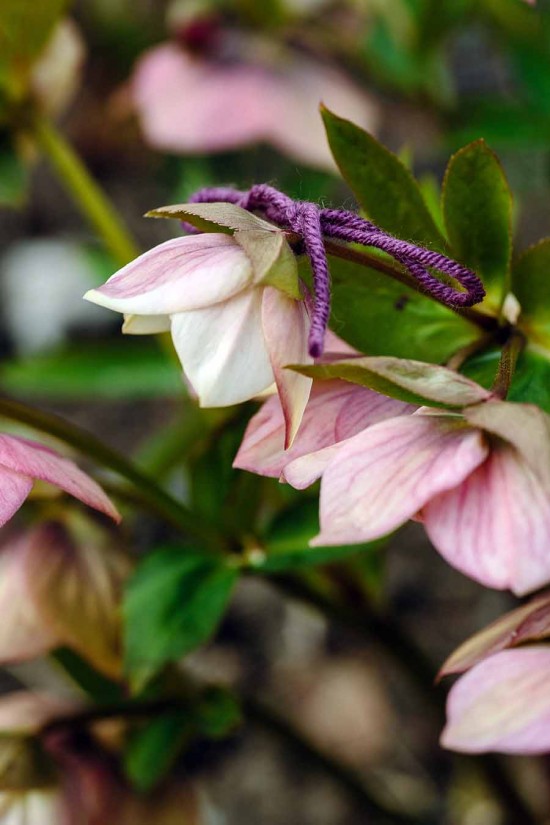
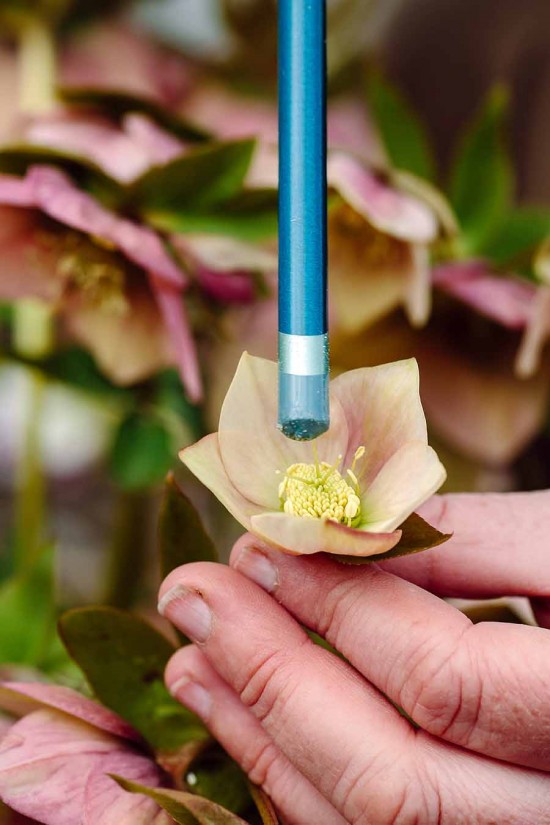
That is all you have to do until the seed ripens around the end of May, the shiny black seeds should be collected and sown on a loam based, gritty compost whilst nice and fresh. They do take a few months to germinate, so keep the seed tray in a cold frame and hopefully by September you will start to see some signs of life.
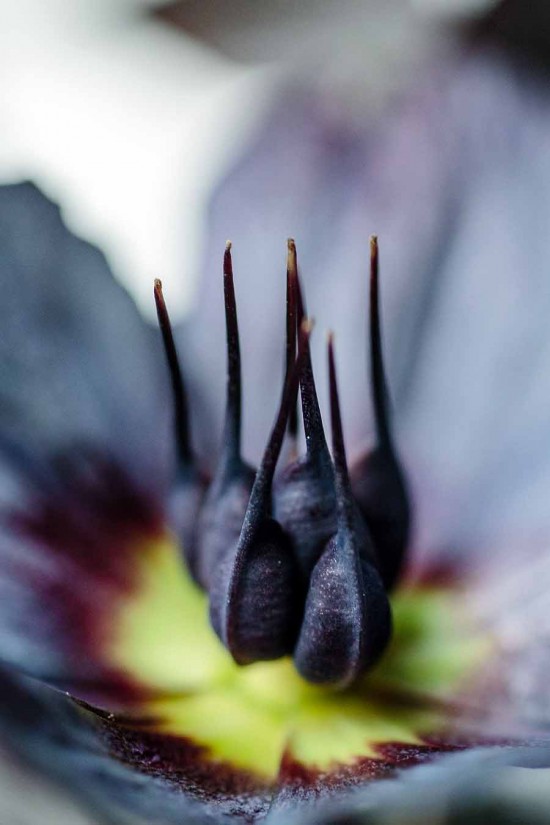
All my hellebores were bred by Hugh Harvington whose nursery Twelve Nunns, now run by his daughter Penny Dawson in Lincolnshire, has recently been featured in the January edition of RHS magazine The Garden. They do supply wholesale plug plants, as long as you order ten or more of a variety, they can be potted up and grown on for a season before planting out. Harvington hellebores have a purity of colour which I find very useful for my wedding work. This one below is Harvington single smokey.
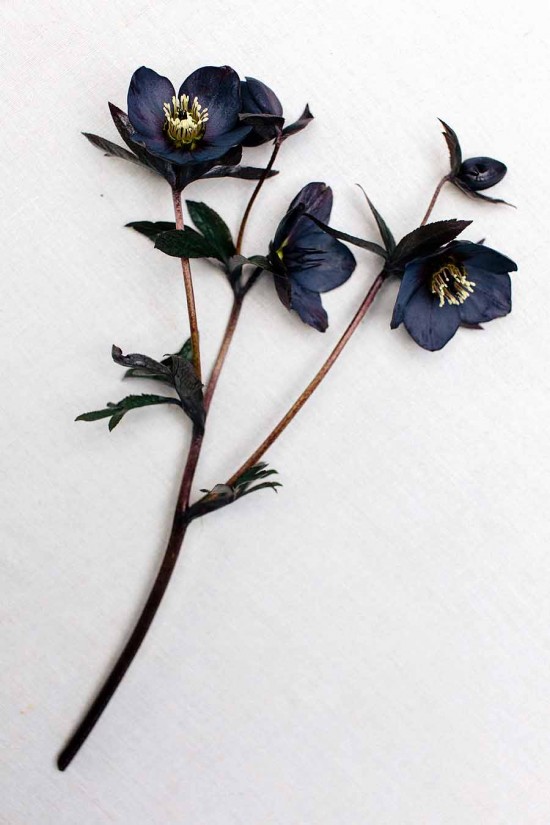
Hellebores are an investment but I cannot resist them, I think they add a subtlety to the more flamboyant and bold spring bulbs and have a good long harvesting period from February to April. Once you grow your own from seed you realize why they are expensive, it takes two years from pollination to the first flower.
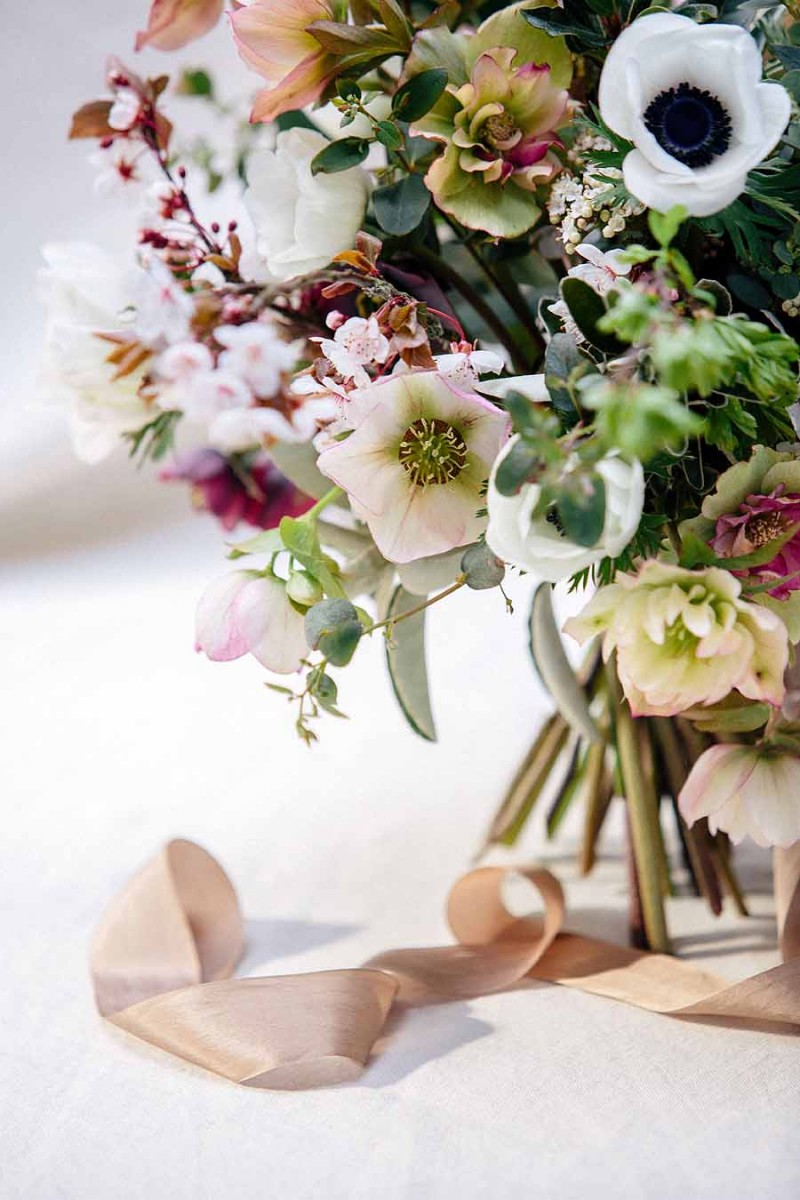
I have found the double forms hold better so I have just placed an order for some more including blush, apricot and double speckled cream…yum! I am establishing a new bed under a line of mature beech trees which should give them a bit of shade in the summer months.
Vase life can be rather fleeting especially before they start to set seeds. I don’t think searing the stems does make much difference, but scoring a line down either side of the stem and then plunging the stems in a deep bucket of water up to their necks overnight seems more successful. I have to confess most of mine are picked in April when my season is in full swing, they are very ripe by then and happily hold for up to two weeks.
The next instalment will be on Anemones which I have just started picking, the earliest harvest recorded here at G&G.
